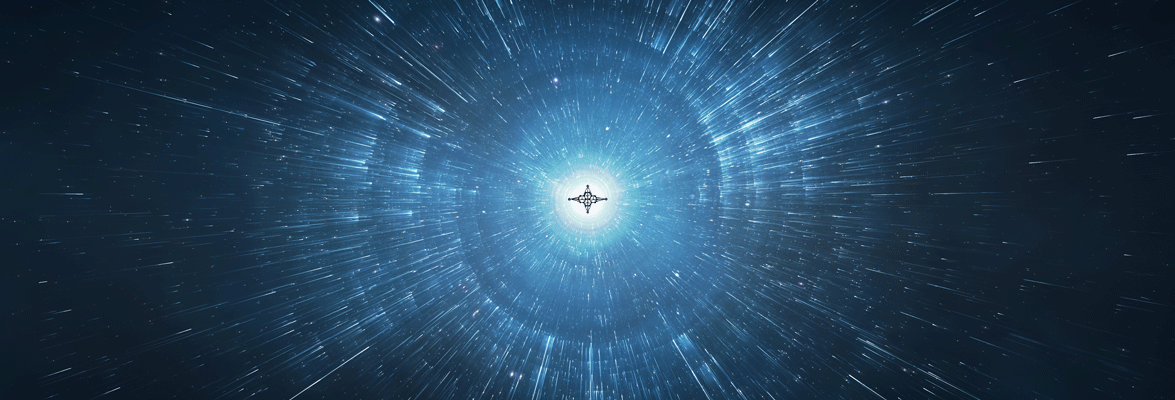LIFE FORMS
The enormous scale of Brobdingnag’s life forms distinguishes the planet from any other. The planet’s animal kingdom has no classes resembling mammals or flowering plants. Other species on Brobdingnag occupy the ecological niches filled by mammals and angiosperms on Earth.
Animals
Giant, warm-blooded animals that may reach as much as five meters in height and more than 30 meters in length roam every major land mass. These creatures come in an incredible array of forms, but all have two eyes, four legs, and a tail arranged about a single plane of symmetry. Superficially, they resemble Earth’s prehistoric dinosaurs. Yet Brobdingnag’s “dragons” have several characteristics distinguishing them from reptiles or any other Earthly species that ever lived.
Most significantly, their hearts contain a “3-1/2”-chamber arrangement that differs markedly from the four-chambered heart of Earth’s birds and mammals. And their scales are sharper, more like thorns or fingernails.
Like Earth’s dinosaurs, the dragons of Brobdingnag have relatively small brains and but nevertheless exhibit intelligence that can make them dangerous. Most cannot be trained like horses, camels, or elephants, but Humans can, by analyzing their instinctive behavior, control and manage them. Most dragons are herbivores, but the few dozen carnivorous species comprise some of the more dangerous non-intelligent life forms that Humankind has encountered.
Insects
Brobdingnag’s simpler animals also grow to enormous size. Beetle-like creatures weighing up to 500 grams scuttle about on the ground and flying insects spread wing spans up to 45 centimeters. Brobdingnag’s insects possess external skeletons and six legs, similar to those of Earth, but there the resemblance ends. None of them have the three distinct body sections- head, abdomen and thorax-that distinguish Earth’s insects from other arthropod classes. Important biochemical differences prevent the insects of Brobdingnag from carrying Human diseases, although a few can inject poisons that may be deadly to Humans.
Vegetation
Plants on Brobdingnag match the animals’ giant size. Tree-like plants rise up to 80 meters in height. Giant ferns with huge compound leaves spread along the ground. All land vegetation grows very rapidly due to the heavy rainfall and warm temperature.
Marine Life
Cold-blooded swimming creatures roughly resembling Earth’s fish abound in the oceans. Many of these are large, some as large as whales on Earth. Seaweeds and simpler animals also exist, though most assume Earthly proportions. Some very large species resembling urchins and jellyfish have been found, and little is known about the creatures that lurk in the great depths of the sea. As on Earth, microscopic plants in the sea perform most photosynthesis which begins the food chain for all marine animals.
Microorganisms
Very small life is as omnipresent as the very large on Brobdingnag. Thousands of species of microorganisms live in the soil, in the water and in the bodies of native plants and animals. These microorganisms produce a variety of diseases in native species, but to date they have produced no serious illnesses in Humans or their imported domestic life forms. Scientists attribute this fact in part to fundamental differences in the physiochemistry of the two worlds. Earth’s reptiles transmit few diseases to Humans. Brobdingnag’s dragons are far more distant relations than reptiles.
